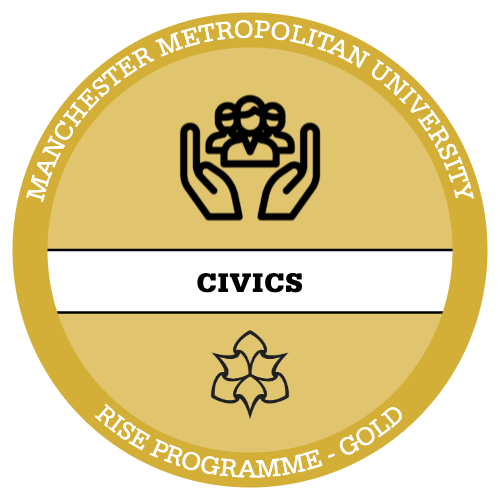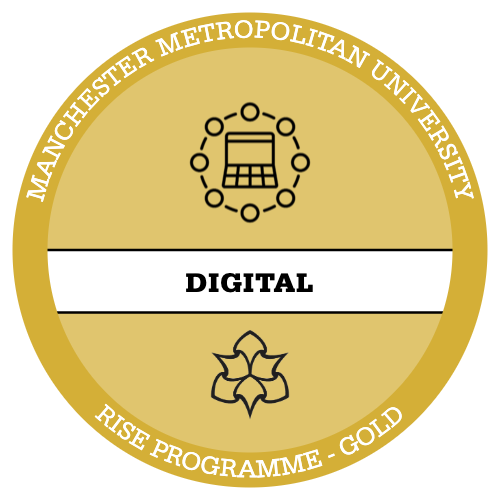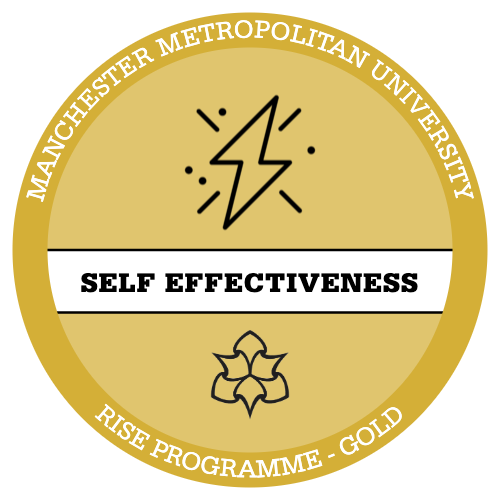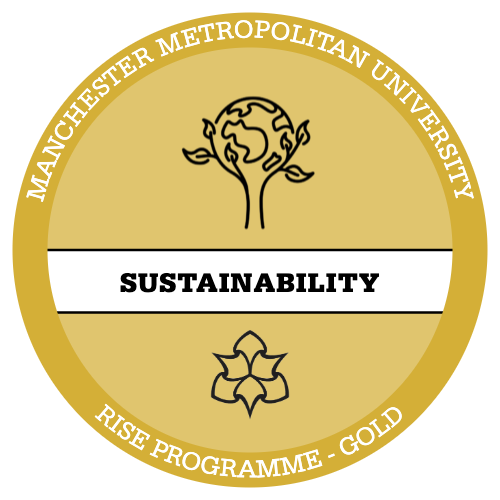In this case study, we’ll explore an example of how not to use generative AI tools. While they can be helpful in your studies and creative projects, this story demonstrates the potential pitfalls of using them inappropriately.
The Willy Wonka Experience in Glasgow is a stark reminder of what can go wrong when AI-generated content is used to misrepresent reality. This event, which made headlines for all the wrong reasons, illustrates the importance of using generative AI ethically and transparently in any context – whether it’s for marketing, academic work, or personal projects.
What Happened?
In February 2024, some people in Glasgow organised a “Willy Wonka Experience.” They used AI to create fantastic pictures of a chocolate wonderland to sell tickets. But when families showed up, they found a warehouse with a few props and not much else.
The Big Problem
The AI-generated pictures looked awesome, but they were far from the reality. People paid good money (up to £35 per ticket!) expecting something magical. Instead, they got something that looked nothing like the ads. Kids were upset, parents were angry, and the whole thing got shut down halfway through.

Take some time to find out more about the situation by watching the video and reading the article below. As you review these materials, consider how the misuse of AI-generated imagery led to disappointed families and a PR disaster.
This Guardian article: Glasgow Willy Wonka Experience called a ‘farce’ as tickets refunded outlines the full story behind the event. As you will learn, it was mismanaged in several ways. However, the misleading AI-generated images played a significant role in creating unrealistic expectations about it.






